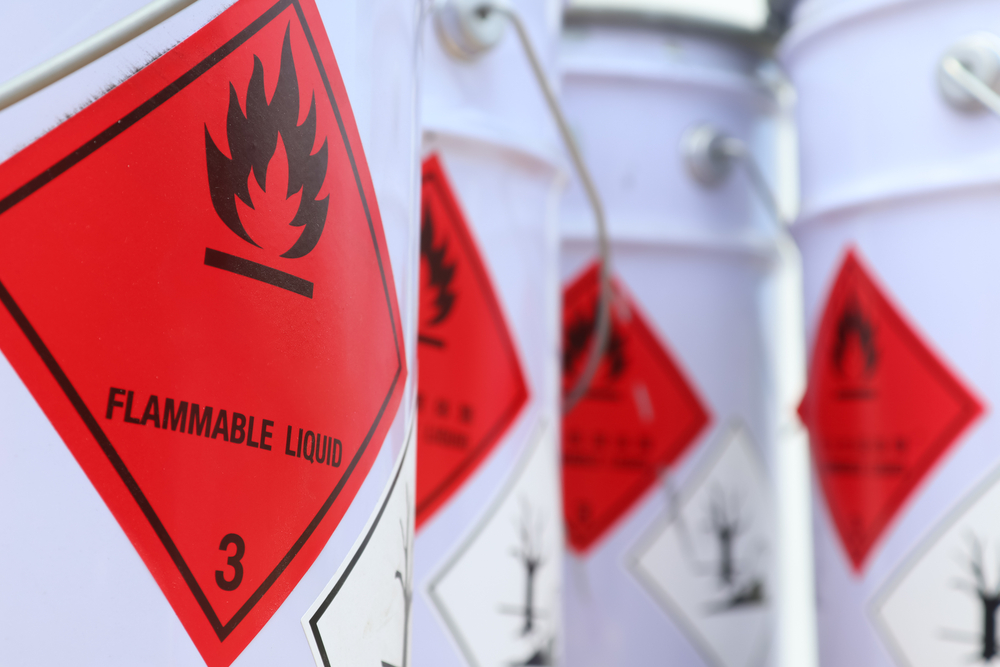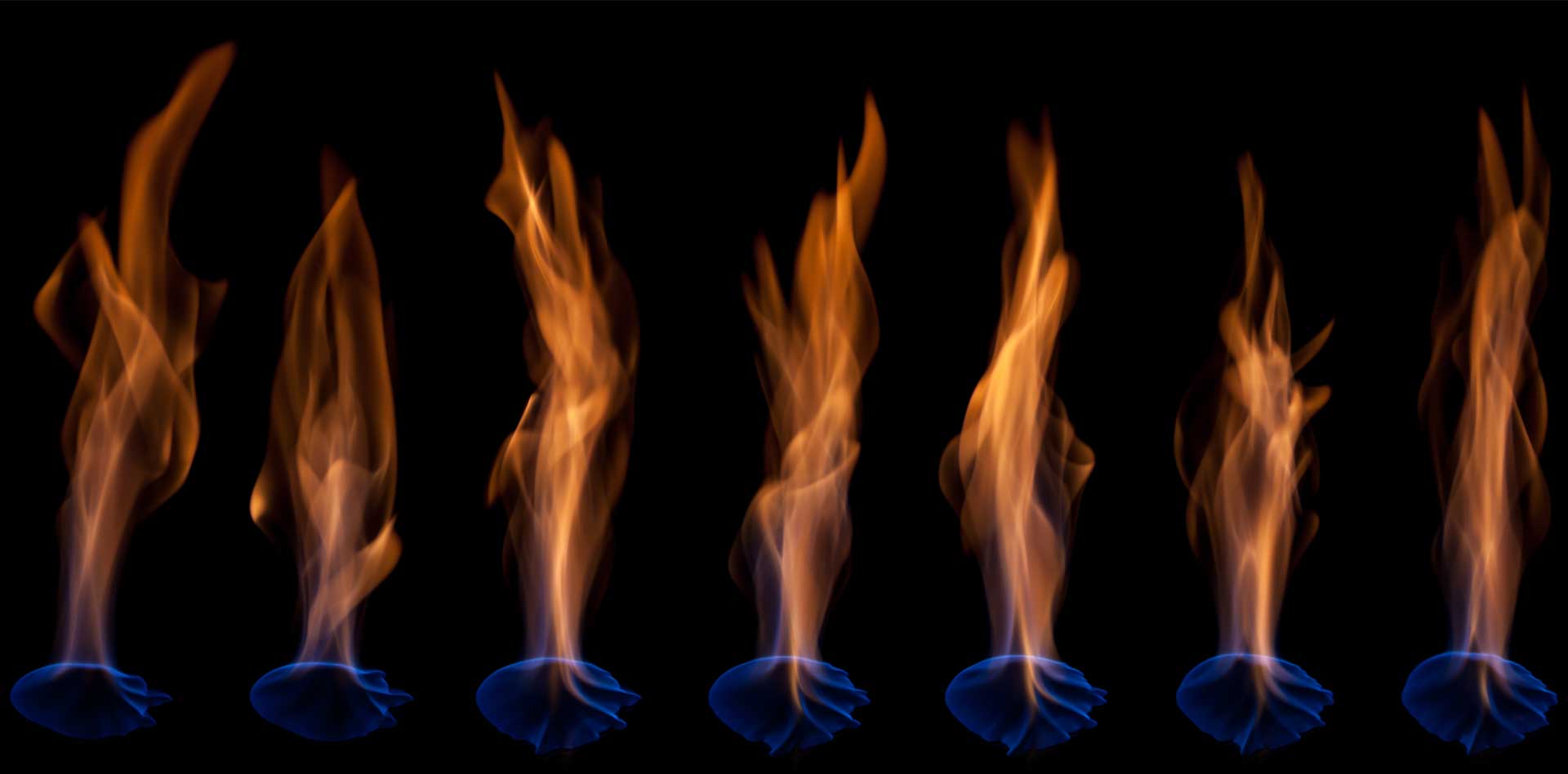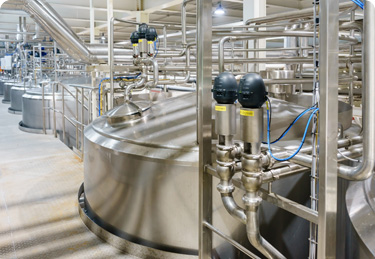Search
What are flammable and combustible liquids?

In process safety we often hear the terms ‘Flammable Liquid’ and Combustible Liquid’ used, sometimes seemingly interchangeably! In fact, there is an important difference between the two terms and it’s important to understand these differences to avoid mistakes and to ensure you keep your process plant and operations safe. To complicate matters more, the term ‘flammable liquid’ can be subdivided to give more information on a liquid’s properties; we have Class IA, Class IB and Class IC. Similarly, combustible liquids subdivide into Class II, Class IIIA and Class IIIB.
We use the definitions from NFPA 30, Flammable and Combustible Liquid Code, as our guiding source of information in North America.
Flammable liquid
A Flammable Liquid is any liquid having a closed–cup flash point below 100°F, and having a vapor pressure not exceeding 40 psia at 100°F.
The set of liquids considered as Flammable liquids is broken down to the following subsets or Classifications
Class I liquids include those with flash points below 100°F.
- Class IA includes those with flash points below 73°F and having a boiling point below 100°F.
- Class IB includes those with flash points below 73°F and having a boiling point above 100°F.
- Class IC includes those having flash points at or above 73°F and below 100°F.
What are some examples of flammable liquids?
There are many flammable liquids handled in industrial settings.
Examples of Class IA flammable liquids include:
Heptane, Diethyl Ether, Petroleum Ether, pentane
Examples of Class IB flammable liquids include:
Acetone, Isopropyl Alcohol, Toluene, Ethanol, Cyclohexane
Examples of Class IC flammable liquids include:
Turpentine, Xylene
Combustible liquid
Combustible liquids are those with flash points at or above 100°F but below 200°F.
The set of liquids considered as Combustible liquids is broken down into sub-classifications as follows:
- Class II includes those having flash points at or above 100°F and below 140°F.
- Class III includes those having flash points of or above 140°F and are subdivided as follows:
- Class IIIA includes those with flash points at or above 140°F and below 200°F.
- Class IIIB includes those with flash points at or above 200°F.
Understanding the difference between flammable and combustible and understanding the difference between Class I, Class II and Class III liquids is important in process safety. But regardless of any flammability classification, if the operating/ liquid temperature is above the flash point temperature of the liquid, a flammable vapor atmosphere could be present. Suitable knowledge of liquid vapor flammability and classification of liquids will ensure the correct operating temperatures are set and that appropriate electrical equipment is selected to avoid accidental hot surface ignition.
What are some examples of combustible liquids?
There are many combustible liquids handled in industrial settings.
Examples of Class II combustible liquids include:
Diesel fuel, Formaldehyde, Kerosene
Examples of Class IIIA combustible liquids include:
Formaldehyde, oil-based paints, mineral oil
Examples of Class IIIB combustible liquids include:
Glycerine, Benzyl Alcohol, Ethylene Glycol, oil-based paints
How do you prevent fires and explosions with flammable and combustible liquids?
At Stonehouse Process Safety we specialize in providing independent advice to industry to help avoid fires and explosions associated with combustible and flammable liquids. For more information on these services see other pages on this web site:
- expert consulting on fire and explosion protection and protection
- fire and explosion lab testing
- process safety training
- process safety litigation support

Get in touch
To learn more about our expertise and services in dust explosion prevention & mitigation, call us at +1 609 455 0001 or email us at [email protected] today.
We also offer tailored virtual and in-company process safety training programs on Dust Explosions, Static Electricity and HAC (Hazardous Area Classification) and more. Find further information here.
We use cookies to help us enhance your experience on our website. By clicking “Accept,” you consent to our use of cookies. Read our Privacy Policy for more.










